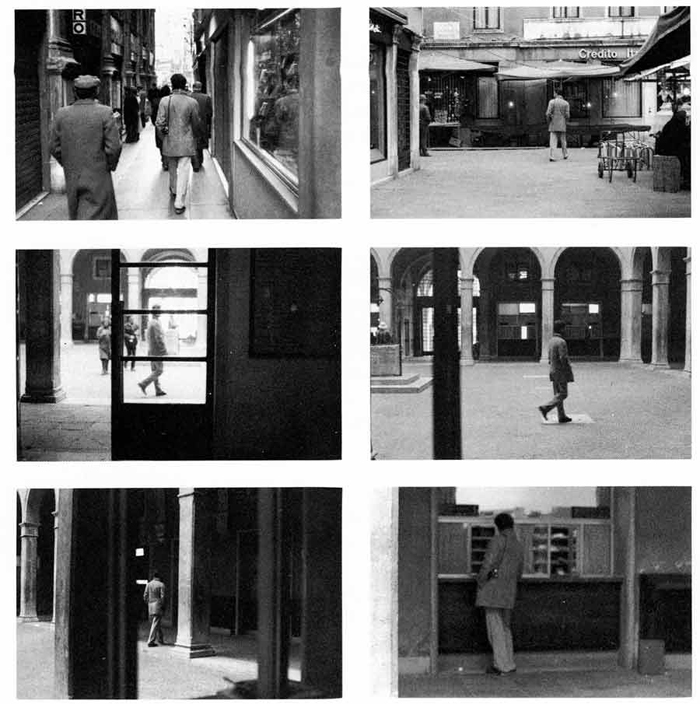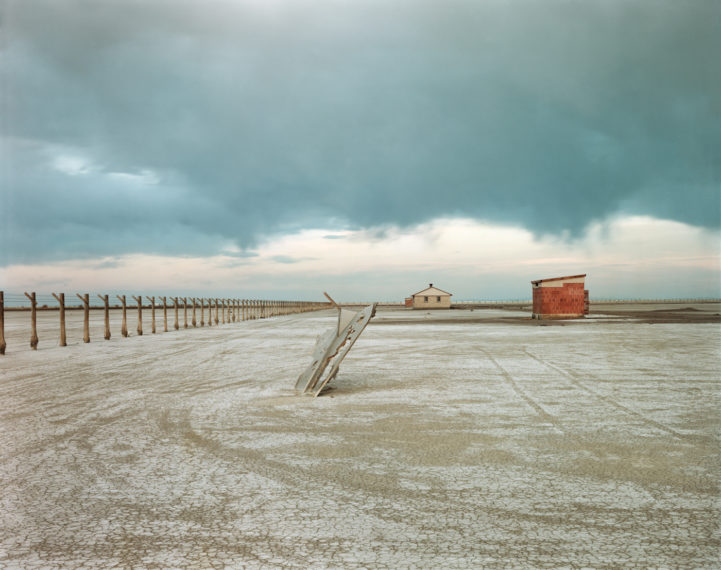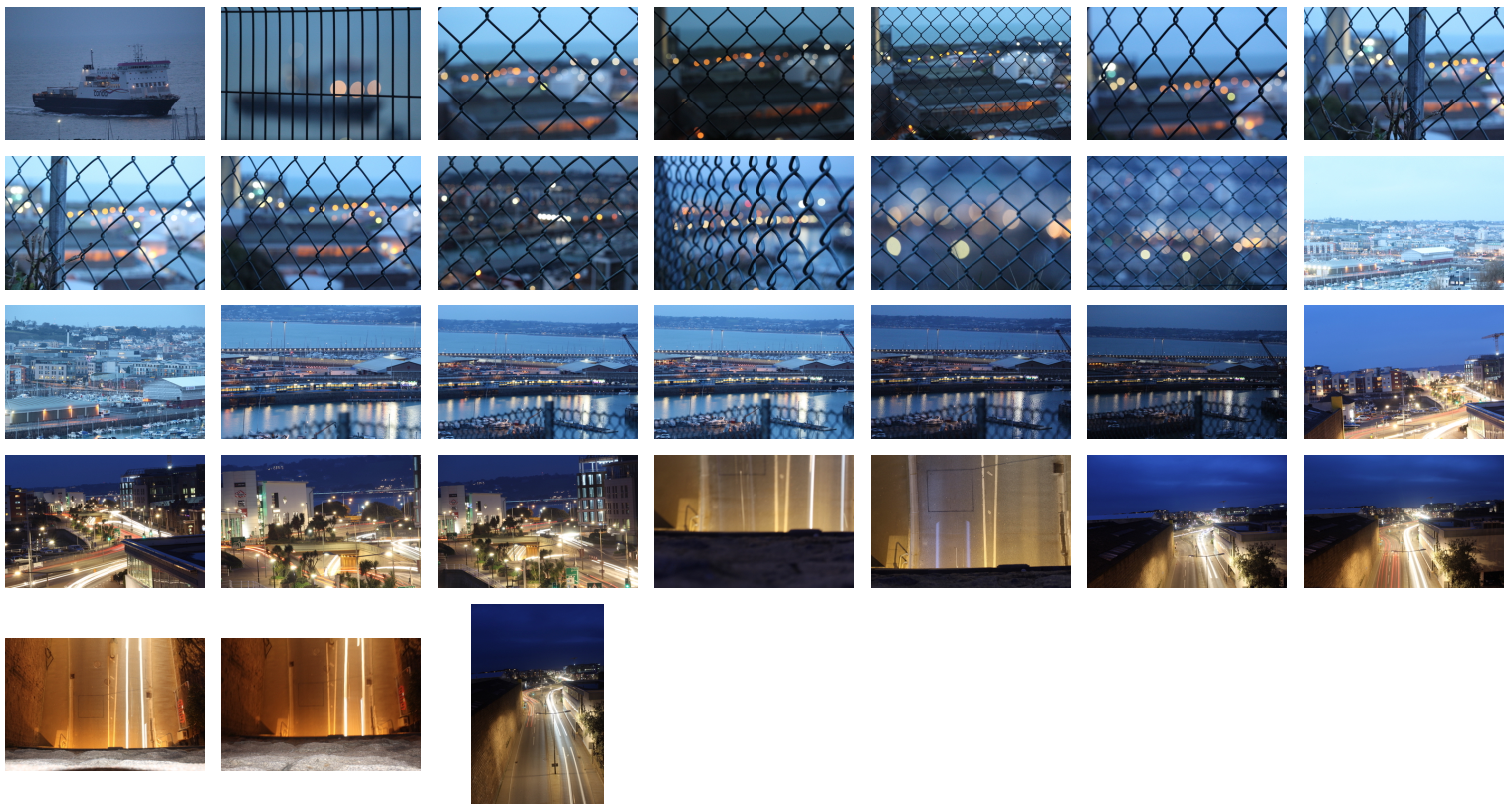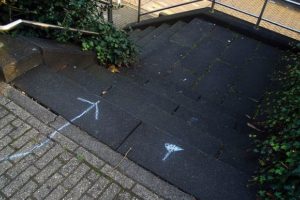What Was It?
“What I remember most clearly was that nobody liked it”Frank Gohlke, one of the participating photographers told the LA Times when the exhibition was re staged last year.
‘New Topographics: Photographs of a Man-Altered Landscape’ was an exhibition that showcased a key moment in American Landscape photography. Parking lots, suburban housing and warehouses were all depicted in the same way that early photographers would document the natural landscape- this caused many people to turn their heads on this exhibition. The show consisted of 168 rigorously formal, black-and-white prints and when taken collectively, they seemed to posit an aesthetic of the banal.
Robert Adams – Artist Research
Born on the 8th May 1937, Robert Adams is a photographer from America specializing in the landscapes of West America. Adams’s documentation of contemporary western landscapes reveals the environmental damage caused by the suburbanization of such cities as Denver, Portland, Seattle, and Salt Lake City, as well as by the proliferation of nuclear weapons technology in those areas. 
Contact Sheets
j

Analysis Of Photograph

Technical
This is my favourite photograph by Robert Adams, the image portrays a fairground ride illuminated by bright lights. The photo was taken during the evening as the sky was getting darker. Since all of the image is in focus I can assume that Robert Adams used a high aperture of F/22+, he most likely increased the exposure to achieve the soft glow from the lights. Due to the black & white feature of the photograph I cannot comment on the white balance or colour composition of the image but due to the vast range of grays it can be implied that the colours created chaos and in that sense, the black and white aspect was able to create a calm and serene atmosphere.
Visual
Referring to Ansel Adam’s tonal system, the image has the brightest white (#ffffff) but lacks the darkest black, despite this, it still contains a wide range of grays. The composition of the photograph is very successful, the ferris wheel isn’t in the direct center of the image, in fact, the top half of the image is incredibly plain and predominately one colour. This, however, doesn’t in any way serve as a disadvantage to the photograph. Naturally, the eye is drawn to the center of the ferris wheel; then to the bright lights and finally to the looming clouds.
Contexual
The name of the image is ‘Longmont, Colorado’ taken from the series ‘Summer Nights’. The image was taken roughly around 1982 (but printed in 1989).
For about five years, beginning in 1974, Adams embarked on an experiment, he made a series of photographs at night, the opposite of the high-altitude daylight used in most of his previous photographs. The project brought an element of risk he had not experienced before. In this photograph, Adams isolates the ferris wheel lights against a threatening sky to create a scene both delightful and ominous.


 One image that I particularly liked and decided to analyse was ‘Archival Pigment Print From a Surveillance Camera Feed’ which won the Lens Culture Emerging Talent Award 2016.
One image that I particularly liked and decided to analyse was ‘Archival Pigment Print From a Surveillance Camera Feed’ which won the Lens Culture Emerging Talent Award 2016. Technical: Marcus DeSieno’s piece consists of hacking into surveillance feeds to capture interesting imagery, the image itself seems to be taken on a gloomy day, capturing the silhouette of the mountain range in the distance whilst incorporating the Ansel Adams system throughout capturing a range of shades. The picture seems to have been deteriorated creating an old feeling to it whilst maintaining much of the crisp qualities of the original photo. A depth of field can be seen partially used through the use of the graininess and how the road snakes off into the distance removing detail from the image, but at the same time keeping out focus on the road.
Technical: Marcus DeSieno’s piece consists of hacking into surveillance feeds to capture interesting imagery, the image itself seems to be taken on a gloomy day, capturing the silhouette of the mountain range in the distance whilst incorporating the Ansel Adams system throughout capturing a range of shades. The picture seems to have been deteriorated creating an old feeling to it whilst maintaining much of the crisp qualities of the original photo. A depth of field can be seen partially used through the use of the graininess and how the road snakes off into the distance removing detail from the image, but at the same time keeping out focus on the road.
























 Ontario. He received his BAA in Photography/ Media Studies from Ryerson University in 1982, and in 1985 founded Toronto Image Works, a darkroom rental facility, custom photo laboratory, digital imaging and new media computer-training centre catering to all levels of Toronto’s art community.
Ontario. He received his BAA in Photography/ Media Studies from Ryerson University in 1982, and in 1985 founded Toronto Image Works, a darkroom rental facility, custom photo laboratory, digital imaging and new media computer-training centre catering to all levels of Toronto’s art community. Edward Burtynsky is known as one of Canada’s most respected photographers. His remarkable photographic depictions of global industrial landscapes are included in the collections of over sixty major museums around the world, including the National Gallery of Canada, the Museum of Modern Art and the Guggenheim Museum in New York, the Reina Sofia Museum in Madrid, the Tate Modern in London, and the Los Angeles County Museum of Art in California.
Edward Burtynsky is known as one of Canada’s most respected photographers. His remarkable photographic depictions of global industrial landscapes are included in the collections of over sixty major museums around the world, including the National Gallery of Canada, the Museum of Modern Art and the Guggenheim Museum in New York, the Reina Sofia Museum in Madrid, the Tate Modern in London, and the Los Angeles County Museum of Art in California.